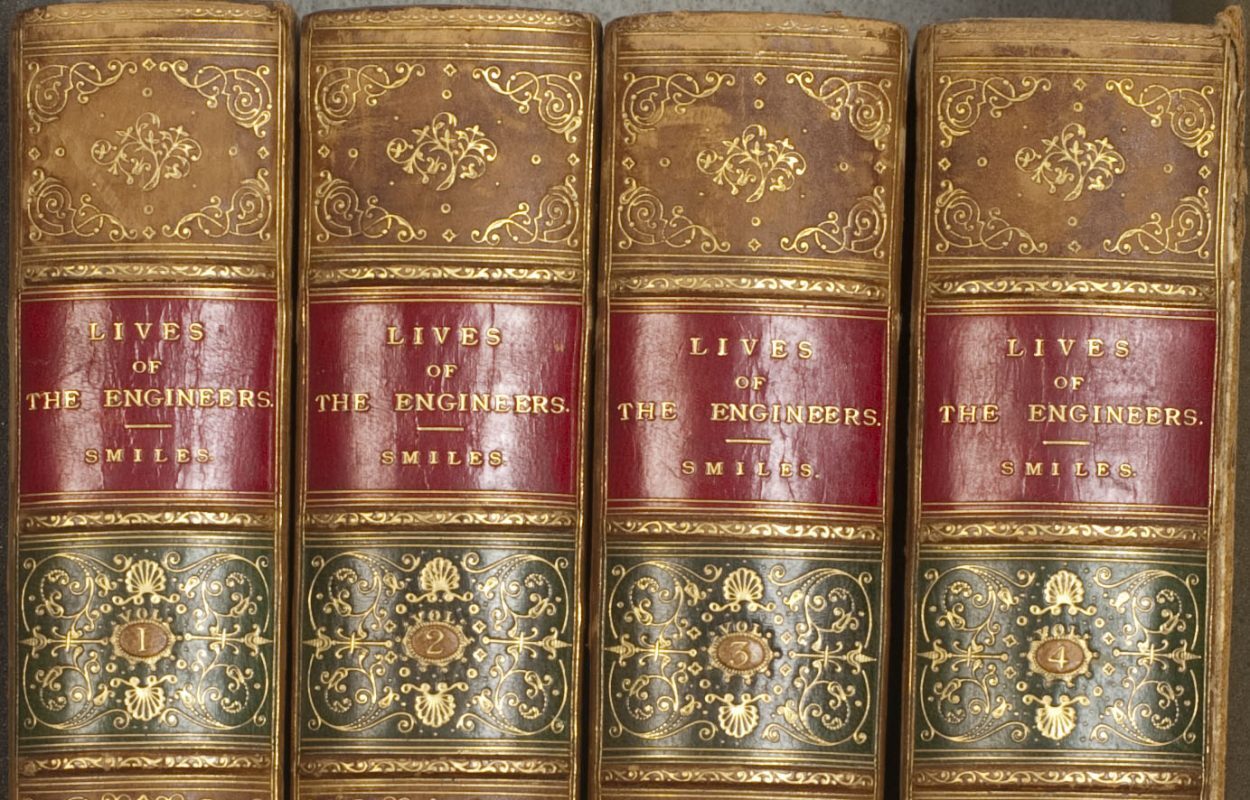Year 111 – 1971: The Classical Style: Haydn, Mozart, Beethoven by Charles Rosen
Published: New York, 1971 Charles Rosen’s The Classical Style won the 1972 National Book Award in Arts and Letters. It has since become a standard text – perhaps the definitive text – on the three great masters of the classical style, as well as on the style itself. Rosen is remarkable both for his erudition and for the clarity and elegance of his writing. But he didn’t begin his career authoring book-length works. For Rosen isn’t just an important scholar. He’s also a celebrated pianist – he completed his studies at Juilliard at the age of eleven. He earned his […]
